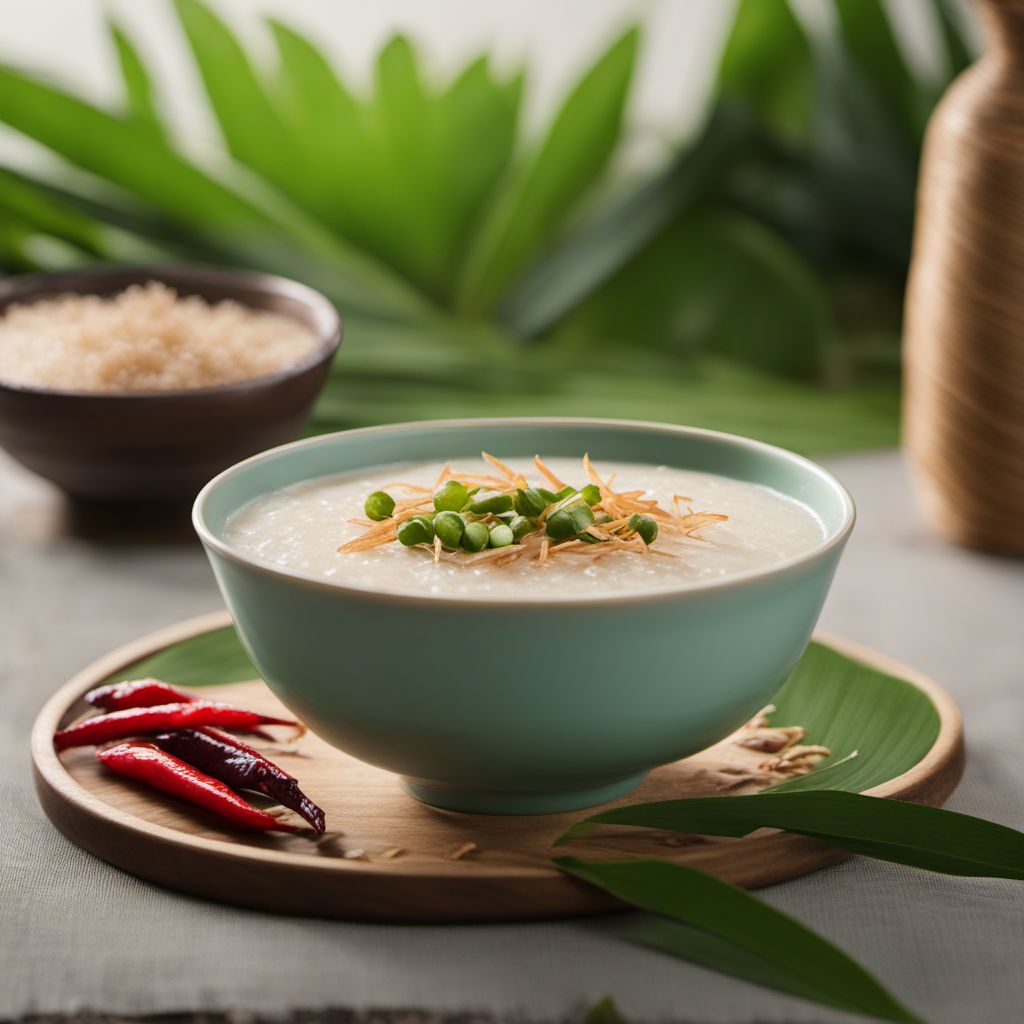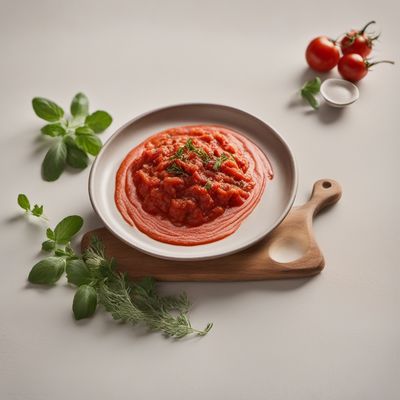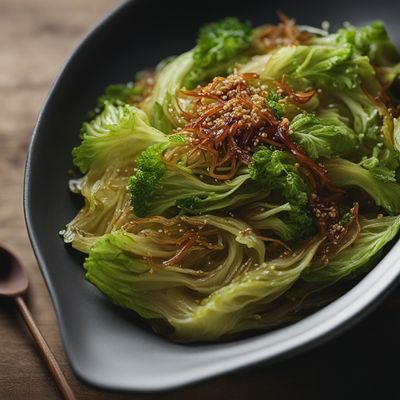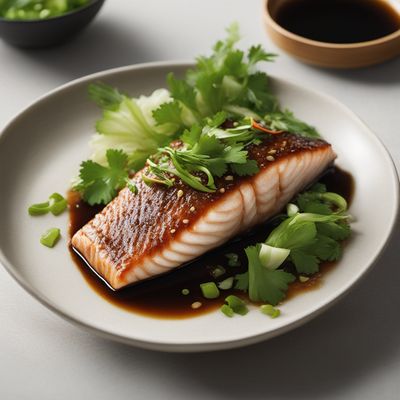
Recipe
East Asian Rice Pudding
Silky Smooth Rice Pudding with an East Asian Twist
4.3 out of 5
Indulge in the delightful flavors of East Asia with this creamy and aromatic rice pudding. Made with fragrant jasmine rice, coconut milk, and infused with hints of pandan and ginger, this dessert is a perfect blend of Czech and East Asian cuisines.
Metadata
Preparation time
10 minutes
Cooking time
35 minutes
Total time
45 minutes
Yields
4 servings
Preparation difficulty
Easy
Suitable for
Vegetarian, Vegan (if honey or plant-based sweetener is used instead of sugar), Gluten-free, Dairy-free, Nut-free
Allergens
N/A
Not suitable for
Paleo, Keto, Low-carb, High-protein, Raw vegan
Ingredients
In the original Czech recipe, the rice pudding is typically made with short-grain rice and flavored with vanilla. However, in this East Asian adaptation, we use jasmine rice instead, which adds a fragrant aroma to the pudding. Additionally, we incorporate coconut milk, pandan leaves, and ginger to infuse the dessert with the flavors of East Asia. We alse have the original recipe for Rýžový nákyp, so you can check it out.
-
1 cup (200g) jasmine rice 1 cup (200g) jasmine rice
-
2 cups (470ml) coconut milk 2 cups (470ml) coconut milk
-
1 cup (235ml) water 1 cup (235ml) water
-
1/2 cup (100g) sugar 1/2 cup (100g) sugar
-
2 pandan leaves, tied in a knot 2 pandan leaves, tied in a knot
-
1-inch piece of ginger, peeled and sliced 1-inch piece of ginger, peeled and sliced
-
Pinch of salt Pinch of salt
-
Optional toppings: toasted coconut flakes, sliced mango, or crushed peanuts Optional toppings: toasted coconut flakes, sliced mango, or crushed peanuts
Nutrition
- Calories (kcal / KJ): 350 kcal / 1465 KJ
- Fat (total, saturated): 15g, 13g
- Carbohydrates (total, sugars): 50g, 20g
- Protein: 4g
- Fiber: 1g
- Salt: 0.1g
Preparation
-
1.Rinse the jasmine rice under cold water until the water runs clear. Drain well.
-
2.In a medium-sized saucepan, combine the rinsed rice, coconut milk, water, sugar, pandan leaves, ginger, and salt.
-
3.Bring the mixture to a boil over medium heat, stirring occasionally to prevent sticking.
-
4.Reduce the heat to low and simmer for about 30-35 minutes, or until the rice is tender and the mixture has thickened, stirring occasionally.
-
5.Remove the pandan leaves and ginger slices from the pudding.
-
6.Serve the rice pudding warm in individual bowls, garnished with your choice of toppings, such as toasted coconut flakes, sliced mango, or crushed peanuts.
Treat your ingredients with care...
- Jasmine rice — Rinse the rice well to remove excess starch before cooking to achieve a fluffy texture.
- Pandan leaves — Tie the leaves in a knot to make them easier to remove from the pudding after cooking.
- Ginger — Slice the ginger thinly to infuse the pudding with its flavor without overpowering it.
Tips & Tricks
- For a creamier texture, you can substitute some of the water with additional coconut milk.
- If you can't find pandan leaves, you can use pandan extract as a substitute.
- Adjust the sweetness by adding more or less sugar according to your preference.
- Experiment with different toppings such as fresh berries, toasted sesame seeds, or a drizzle of caramel sauce.
- Leftover rice pudding can be refrigerated and enjoyed cold as a refreshing dessert.
Serving advice
Serve the East Asian Rice Pudding warm in individual bowls for a cozy and comforting dessert experience. It pairs well with a cup of green tea or a refreshing glass of iced jasmine tea.
Presentation advice
Garnish the rice pudding with a sprinkle of toasted coconut flakes and a few slices of fresh mango to add a pop of color and enhance the visual appeal. Serve it in elegant bowls or small dessert glasses for an attractive presentation.
More recipes...
For Rýžový nákyp
For Czech cuisine » Browse all
More Czech cuisine dishes » Browse all

Houbová polévka
Mushroom soup
Houbová polévka, or mushroom soup, is a traditional Czech soup that is made with fresh mushrooms, potatoes, and cream. It is a hearty and...

Karbanátky
Karbanatky
Karbanátky, also known as Czech meat patties, are a traditional Czech dish that consists of ground meat, typically pork or beef, that is mixed...

Smaženice
Fried bread with eggs and cheese
Smaženice is a traditional Czech dish that is made with bread, eggs, and cheese. It is a simple and delicious dish that is perfect for breakfast or brunch.








